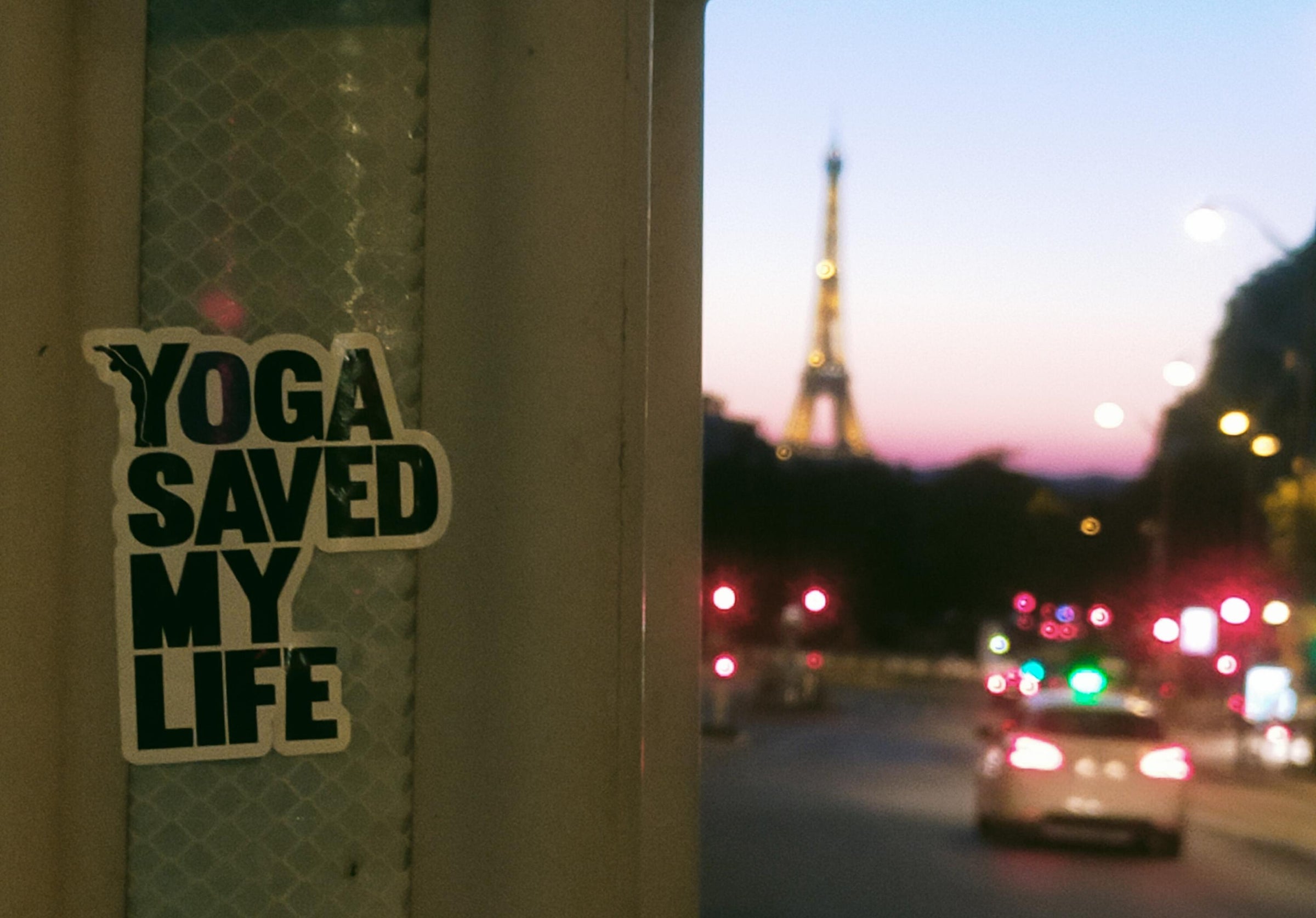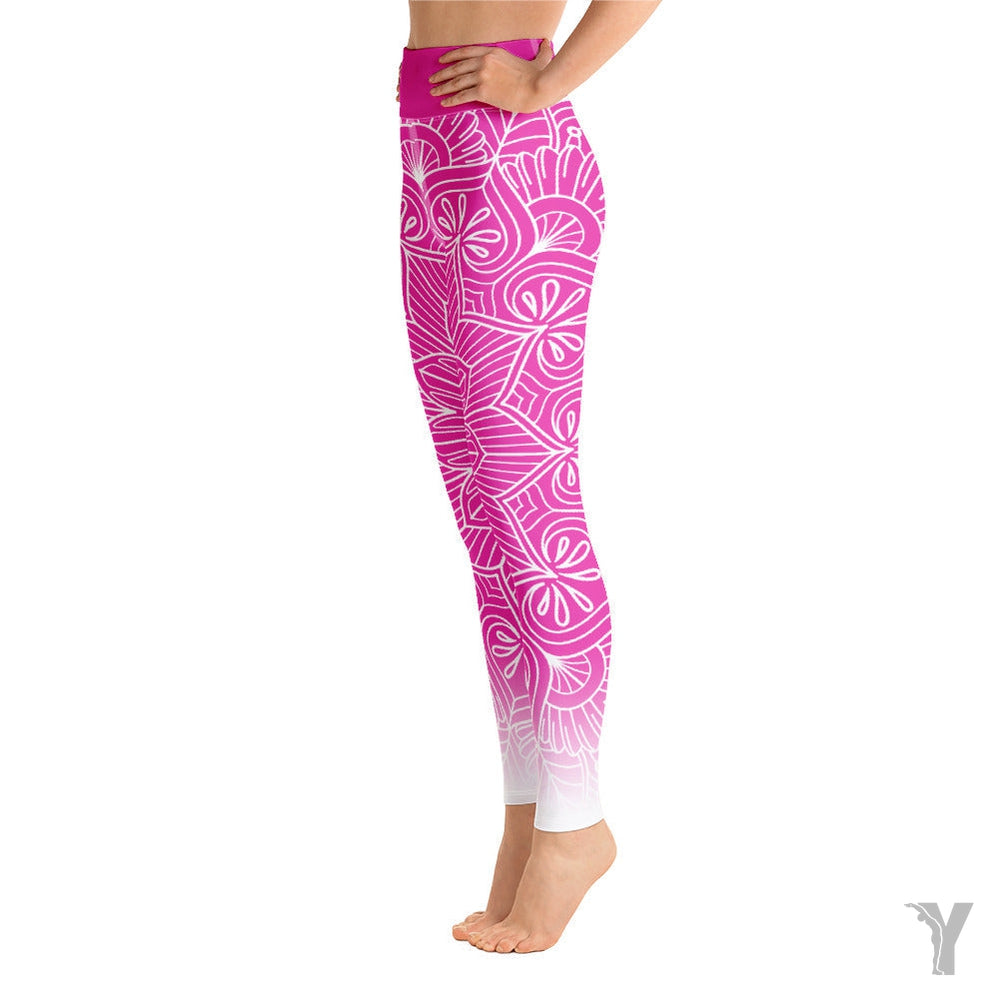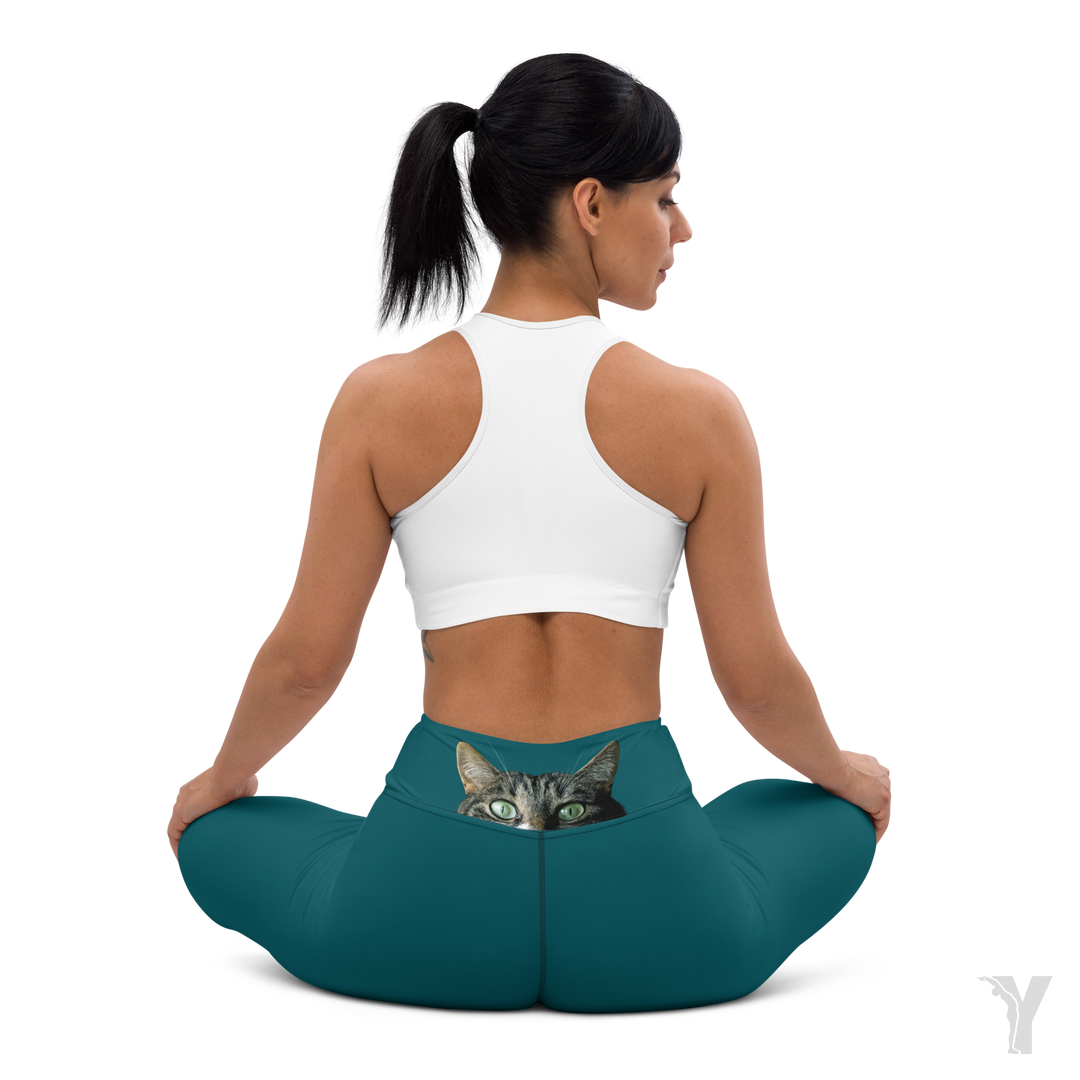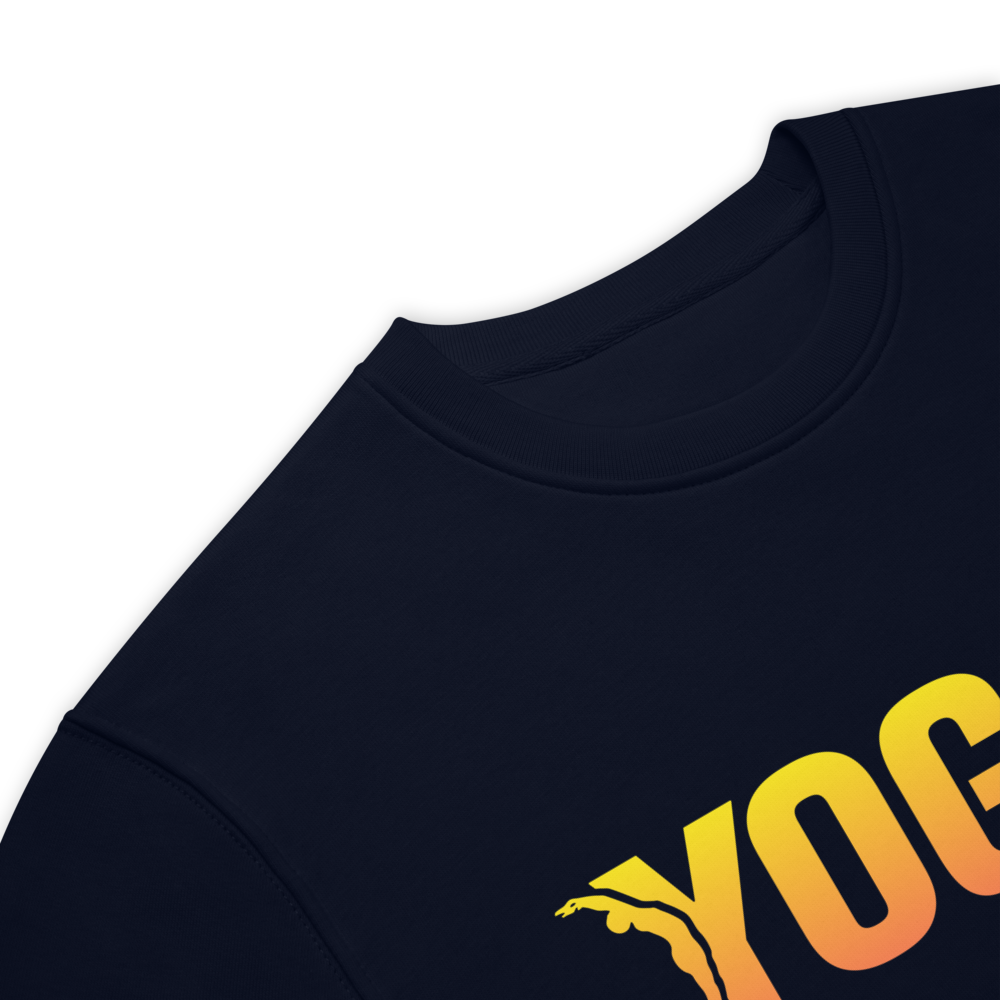Pranayama and diving: improve your underwater performance with breathing yoga
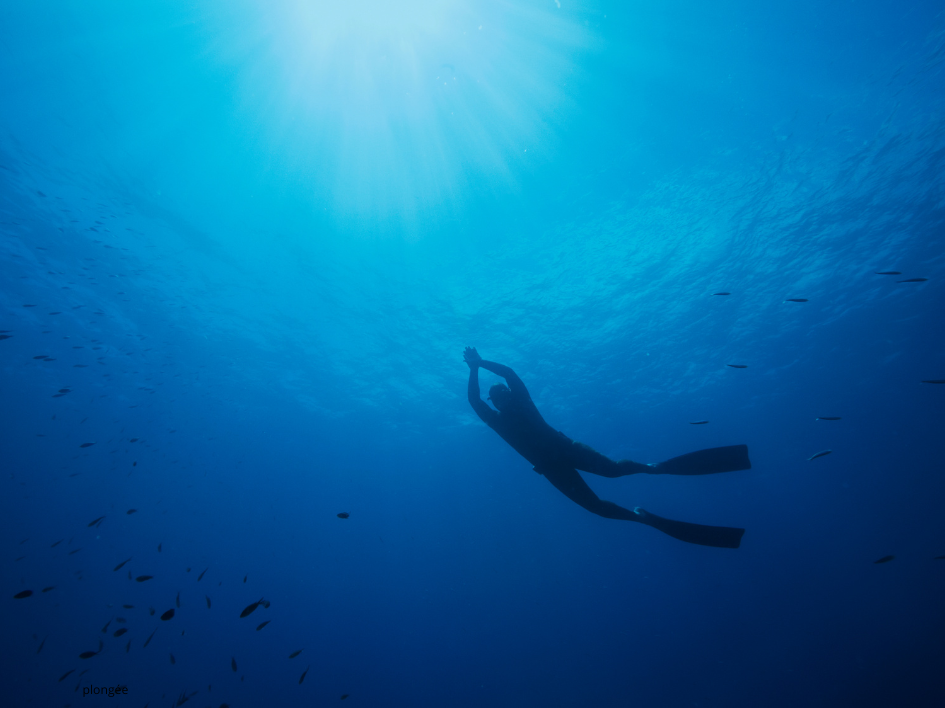
Scuba diving , whether with a bottle or apnea , and yoga share one essential characteristic: mastery of breathing. While yoga uses breathing to calm the mind and center the body, diving depends on this same mastery to maximize efficiency underwater, prolong immersion, and manage stress.
In this article, we'll explore how Pranayama , a breathing technique from yoga, can transform your diving experience. Whether you're a beginner or an experienced diver, discover how this age-old practice can help you breathe better and dive deeper.
If you prefer audio, find an episode of the podcast Yoga Whatever It Costs , which talks about the benefits of pranayama for scuba diving
Yoga and diving: two complementary disciplines
Yoga and diving, while seemingly very different, are actually two deeply complementary disciplines. In both, the emphasis is on the connection between body and mind, as well as breath control. In yoga, each posture (asana) is guided by the breath, allowing for a fluid synchronization of movement and breath. This same synchronization is crucial in diving, where controlled breathing not only helps one remain calm, but also conserves energy.
When diving, each breath must be conscious , deep and slow to maximize the efficiency of air use and minimize the accumulation of carbon dioxide. Pranayama , with its breath control techniques, offers you valuable tools to master this crucial aspect of diving.
Pranayama: The Science of Breathing
Pranayama is a yogic practice that focuses on breath control. Literally, "Prana" means life energy, and "Yama" translates to control or regulation. Pranayama is not just about breathing; it is a series of techniques designed to increase breathing capacity, purify the airways, and harmonize the flow of energy in the body.
There are several types of Pranayama that can be particularly beneficial for divers:
- Nadi Shodhana (Alternate Nostril Breathing) : This technique balances the hemispheres of the brain and calms the mind, making it easier to concentrate underwater.
- Bhastrika (bellows breathing) : An energizing exercise that improves lung capacity by simulating rapid, deep breathing.
- Kapalabhati (luminous skull breathing) : A respiratory cleansing technique that strengthens the respiratory muscles and improves the efficiency of oxygen use. Find our article and tutorial to perform this exercise.
These practices offer a variety of benefits, from stress reduction to improved oxygenation, which is crucial for divers.
The Benefits of Pranayama for Scuba Diving
In scuba diving, air consumption is a crucial factor. Inefficient breathing can significantly reduce your bottom time. Pranayama teaches you to breathe in a more controlled and efficient manner, which can allow you to extend your time underwater.
- Optimizing Air Intake : By practicing Pranayama, you learn to take deeper breaths and fully utilize your lungs, resulting in slower, more consistent air intake.
- Underwater Stress Management : Unexpected situations can arise at any time. Controlled breathing, developed through Pranayama, allows you to stay calm and focused, even in difficult conditions.
- Improved endurance : Pranayama strengthens the respiratory muscles, thus increasing your endurance underwater. You will be able to stay active for longer without getting tired, while fully enjoying your underwater explorations.
The benefits of pranayama for apnea
Freediving requires exceptional breathing control. Each inhalation and exhalation must be optimized to increase lung capacity and prolong the time spent underwater.
- Increased Lung Capacity : Pranayama, especially techniques like Kapalabhati and Bhastrika, helps expand the capacity of your lungs, allowing you to hold more air with each breath.
- Extending Breath Holding Time : By combining deep breathing with Pranayama exercises, you can improve your ability to hold your breath, thereby increasing the duration of your breath holding dives.
- Mental Preparation : Freediving is not just about lung capacity; it also requires strong mental preparation. Pranayama helps to calm the mind, reduce anxiety and enter a meditative state, essential for deep freedives.
Practical tips for integrating pranayama into your diving practice
To maximize the benefits of Pranayama in your diving practice, it is essential to integrate it regularly into your routines. Here are some tips to get started:
- Daily practice : Spend 10 to 15 minutes a day doing Pranayama exercises to strengthen your breathing control.
- Before diving : Perform alternate nostril breathing exercises (Nadi Shodhana) to center yourself and prepare your lungs for the effort.
- After the dive : Use techniques like Kapalabhati to help your body recover and rebalance energy.
By incorporating these exercises into your routine, you will quickly see an improvement in your underwater performance.
Conclusion
Pranayama is much more than just a breathing technique. It is a powerful tool that can transform your diving practice, whether it is scuba diving or freediving. By mastering your breathing, you will be able to extend your dives, better manage your stress and fully enjoy each dive. Don't hesitate to integrate Pranayama into your daily life, and discover how this age-old practice can help you reach new underwater horizons.
Want to go further in your yoga and diving practice? Discover our selection of yoga accessories on our site, designed to accompany you in your quest for breathing mastery and inner harmony.
Find an episode of the podcast Yoga Whatever It Costs , which talks about the benefits of pranayama for scuba diving .


